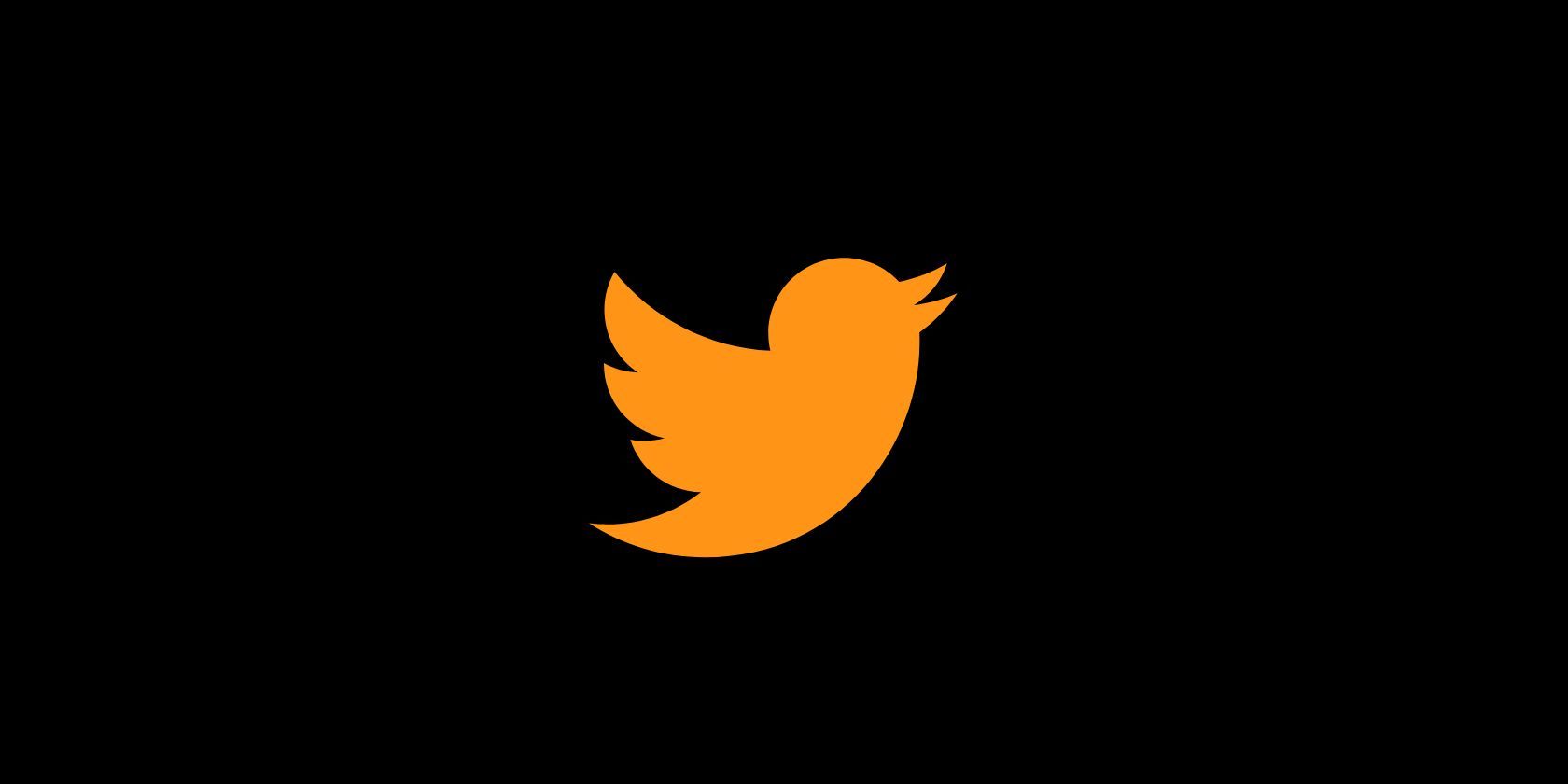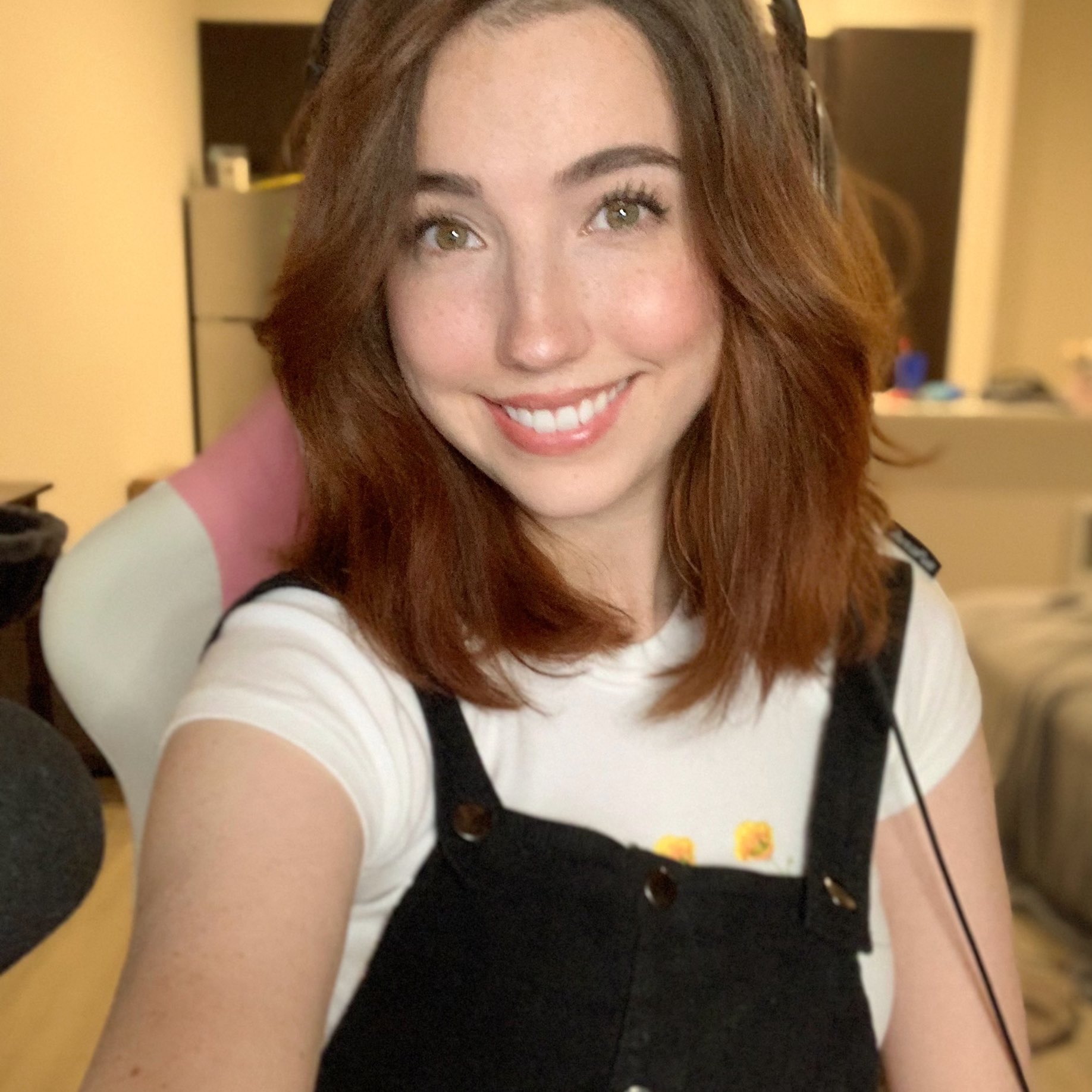🤖 AI-Generated Content
This content has been created using artificial intelligence. While we strive for accuracy, please verify important information independently.
Online spaces, you know, they often show us all sorts of content, some of which can be quite unexpected. People share a lot of different things, and sometimes, this includes specific types of videos that gain a lot of talk. It is that kind of content, often called "queefclips," that finds its way onto platforms like Twitter, sparking conversations and, well, reactions from many people who happen upon them.
This particular kind of content, honestly, it stands out because it's about a very distinct bodily sound. When you think about it, the act of sharing such personal moments in a very public place, like a social media feed, can feel a little surprising to some. It certainly brings up questions about what people choose to put out there for others to see, and also, just what kind of things get noticed online, too.
So, we are going to take a closer look at what "queefclips" are when they appear on Twitter, why folks might share them, and how they fit into the bigger picture of what we all see online every day. We will also think about the reactions they get and what it means for how we use social platforms, you know, in general. Basically, it is about trying to make sense of a piece of internet culture.
- Nova Patra Video
- Sophie Rain Sex Tape
- 4 2025 Download
- Remoteiot Vpc Ssh Download Free
- Roman And Sharon Couple
Table of Contents
- What exactly are Queefclips on Twitter?
- Why do people share Queefclips on Twitter?
- How does Queefclips Twitter fit into broader online discussions?
- Are there community guidelines for Queefclips Twitter?
- What are some typical responses to Queefclips Twitter?
- How does one find Queefclips Twitter content?
- Exploring the impact of Queefclips Twitter
- What might the future hold for Queefclips Twitter content?
What exactly are Queefclips on Twitter?
When folks talk about "queefclips" on Twitter, they are, generally speaking, referring to short video recordings that capture a specific bodily sound. This sound, sometimes called a vaginal flatulence, is a natural thing that can happen to people with vaginas. These videos, you know, they are usually shared by individuals who want to show this particular occurrence, often with some sort of humorous or even, in some cases, a more personal angle. It is a very direct kind of content, and it often gets straight to the point of what it is trying to show, too.
The content itself tends to be quite simple in its making. It is not usually something that requires a lot of fancy editing or special effects, honestly. A person might just be recording themselves, or perhaps a partner is doing the recording, during a moment when this sound occurs. The videos are typically short, making them easy to watch quickly and, well, share around on a platform like Twitter. They are, in a way, just a little snapshot of a particular bodily function, you see.
So, when you come across "queefclips" on Twitter, you can expect to see short video pieces that focus on this specific sound. It is content that, for many, might seem a bit unusual to share publicly, but it has certainly found its place within certain online groups. The very nature of this content means it is often quite direct, leaving little room for misinterpretation of what is being presented, basically.
- Is Jimmy Stanley Still Married
- Russian Lathe Accident
- Cailee Spaeny Nude
- The Real Carly Jane Leaks
- Russian Lathe Incident
Why do people share Queefclips on Twitter?
People share "queefclips" on Twitter for a bunch of different reasons, actually. For some, it might be about humor. They find the sound funny, or they think others will find it funny, and so they put it out there for a laugh. It is a way to connect with others over something that might be seen as a bit silly or unexpected, you know, in a lighthearted sort of way. This kind of sharing is pretty common for many types of content online, really.
Then there is the aspect of breaking taboos or making things that are usually kept private a bit more open. Some people might share "queefclips" as a way to say, "Hey, this is a normal part of the human body, and there is nothing to be ashamed of." It is a way to challenge conventional ideas about what is okay to talk about or show in public. This can be a form of body positivity or just, you know, a push for more openness about bodily functions, at the end of the day.
Others might share these videos as a way to connect with a specific audience or community. There are groups online where this kind of content is more accepted or even celebrated. For these folks, sharing "queefclips" on Twitter could be about finding like-minded people, getting a sense of belonging, or even just contributing to a niche interest. It is about finding your people, in a way, and sharing what you find interesting or funny with them, too.
How does Queefclips Twitter fit into broader online discussions?
"Queefclips" on Twitter, they are just one small part of the very big, very varied world of online content, you know. They show how different people use social media to express themselves, to entertain, or even to challenge existing ideas. This kind of content, while specific, fits into a larger pattern of individuals putting out personal or unusual things for a wider audience to see. It is pretty much about self-expression, in many cases.
When we think about online conversations, these clips can spark discussions about body autonomy, about what is considered appropriate to share, and about how different people react to similar things. It is not just about the clips themselves, but also about the dialogue that happens around them. People will comment, share their thoughts, and that, is that, forms a part of the bigger conversation online, too. It is a bit like a ripple effect, you see.
So, "queefclips" are, in a sense, a symptom of how open and, well, sometimes unpredictable online platforms can be. They show us that people will always find ways to share things that might surprise or even confuse others, and that is just part of what makes the internet what it is. It really highlights the diverse nature of human expression and interaction in digital spaces, honestly.
Are there community guidelines for Queefclips Twitter?
When it comes to "queefclips" on Twitter, the platform's rules about what people can share play a pretty important role, you know. Twitter, like most social media sites, has guidelines that are meant to keep the space safe and respectful for everyone. These rules cover things like nudity, graphic content, and behavior that might be considered harassing or hateful. So, these clips, they do fall under that general umbrella, basically.
Whether a specific "queefclip" breaks a rule often depends on how it is presented and what else is happening in the video. If it is just the sound, or if it is shown in a way that is not meant to be offensive or explicit, it might be allowed. But if it crosses into areas of, say, unwanted sexual content or something that targets someone in a bad way, then it could be taken down. It is a fine line, honestly, and it often depends on the exact context.
So, people who share "queefclips" on Twitter usually need to be aware of these guidelines. They are pretty much responsible for making sure their content does not cause problems or get reported. It is a constant balancing act between what someone wants to share and what the platform says is okay. This applies to any kind of content, really, not just these clips, you know.
What are some typical responses to Queefclips Twitter?
The responses to "queefclips" on Twitter can be, well, pretty varied, actually. Some people find them quite funny. They might retweet them, share them with friends, or leave comments with laughing emojis. For these folks, it is just a bit of lighthearted humor, something to chuckle at and move on from. It is a very common reaction to many types of unexpected content online, too.
On the other hand, some people might react with discomfort or even disgust. They might find the content inappropriate for a public platform, or they might just not like seeing or hearing it. These reactions are also pretty normal, as everyone has different comfort levels with what they see online. They might scroll past quickly, or perhaps even block the person who shared it, you know, to avoid seeing more of that kind of thing.
Then there are those who see "queefclips" as a topic for discussion. They might use them as a starting point to talk about body shaming, or about why certain bodily functions are considered taboo. These conversations can be quite thoughtful and explore bigger ideas about society and how we view the human body. So, the clips can, in a way, spark more than just a quick laugh or a quick scroll past, you see.
How does one find Queefclips Twitter content?
Finding "queefclips" on Twitter, you know, it usually happens in a few different ways. Sometimes, people might just stumble upon them as they are scrolling through their regular feed. This can happen if someone they follow shares such a clip, or if it gets picked up by the platform's algorithms and shown to a wider group of people. It is a bit like finding anything else that goes viral, honestly, just by chance.
Another way is through specific searches. People who are looking for this kind of content might use certain keywords or hashtags to find it directly. Twitter's search function allows users to look for posts that contain particular words or phrases, and that can lead them to accounts or threads that feature "queefclips." It is a very direct approach, basically, if you know what you are looking for.
Also, there are communities or accounts that might specialize in sharing this kind of content. People who are interested in "queefclips" might follow these accounts or join groups where such videos are commonly posted. This creates a sort of dedicated space for the content, making it easier for those who want to see it to find it regularly. So, it is about following the right people, or the right topics, too.
Exploring the impact of Queefclips Twitter
The impact of "queefclips" on Twitter, you know, it really stretches across a few different areas. For the people who create and share them, it can be a way to feel seen, to express themselves, or to connect with others who share a similar sense of humor or openness about bodily functions. It can be a pretty personal thing for them, actually, putting something out there that might be considered a bit unusual.
For those who view the content, the impact can range from simple entertainment to a shift in perspective. Some might just laugh and move on, while others might start to think more about body acceptance or the way society treats natural bodily occurrences. It can, in a way, spark conversations that might not have happened otherwise, pushing people to think a little differently about things, too.
On a broader scale, the presence of "queefclips" on Twitter, it really shows how diverse and sometimes, you know, a bit wild, online content can be. It highlights the freedom people have to share almost anything, and also the challenges platforms face in trying to manage all that content. It is a constant push and pull between individual expression and community standards, at the end of the day.
What might the future hold for Queefclips Twitter content?
Thinking about what is next for "queefclips" on Twitter, you know, it is a bit hard to say for sure. Online trends, they can change pretty quickly, and what is popular today might not be so much tomorrow. This kind of content might continue to find its audience, or it might fade a little as new types of videos or discussions take its place. It is a constantly moving target, basically, in the online world.
Platform rules could also play a big part in how "queefclips" are shared. If Twitter decides to adjust its guidelines, or if it gets more strict about what is considered appropriate, then the way these clips are posted could change. Content creators might have to find new ways to share, or they might move to different platforms altogether. It is a pretty common thing for content creators to adapt, too.
So, while "queefclips" are a part of the online landscape right now, their future is, like much of the internet, a bit up in the air. It will likely depend on how people continue to engage with this kind of content, how platforms choose to manage it, and what new things capture people's attention next. It is all part of the ongoing story of what we see and share online, honestly.
Additional Resources
Visual Content



Disclaimer: This content was generated using AI technology. While every effort has been made to ensure accuracy, we recommend consulting multiple sources for critical decisions or research purposes.
